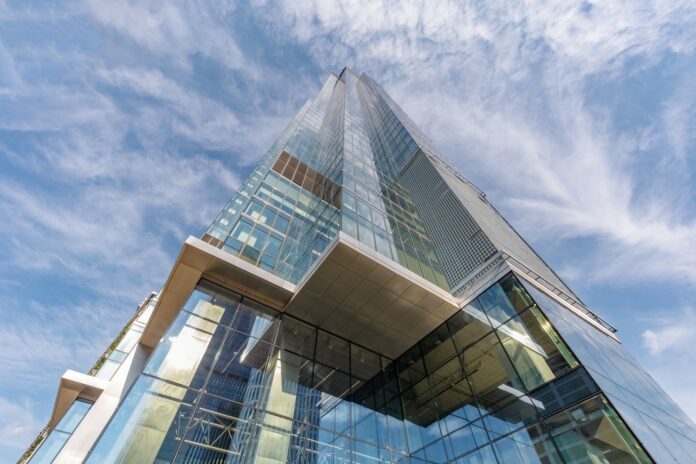The transformation of workplace styles in recent years has demonstrated that designing effective workspaces requires a balance between efficiency and comfort. The future of offices became a major debate topic during the pandemic. Predictions of its existential crisis emerged, while at the same time, remote and flexible work gained momentum. However, as time has progressed, the perception of the work environment has proven to be more complex.
Survey results from (Y)OUR SPACE, conducted by Knight Frank and Cresa, which included 640 global tenants, indicate that the office remains and will largely be a part of our professional future. The research also suggests that the workplaces designed by tenants will reflect new work styles and the function of the office.
New Styles Embrace the Office Concept
“We can confidently say that we are still participating in a global experiment concerning the workplace. Tenants are trying to pinpoint the dominant work style in their organizations and its impact on designing and providing current and future workplaces. The latest (Y)OUR SPACE survey indicates that most tenants will adopt new work styles, with the office being a central element,” comments Aleksandra Kuklińska, a senior negotiator in the tenant representation department at Knight Frank.
A key emerging work style is the hybrid model, characterized by a combination of formal work settings with various degrees of remote flexibility. This solution allows employees to determine which option best suits them for a particular task or job. The study shows that 56% of respondents see the hybrid work style as the most likely in the next three years.
The term “hybrid” encompasses multiple solutions, with the main challenge being to ensure effective interaction and collaboration in the workplace.
60% of all respondents admitted that the change in work style represents a “significant” or “partial” disruption to the form and function of the workplace. Challenges posed by hybrid work can be overcome, especially with the use of proptech solutions.
“From the research conducted for this report, nearly one-third (31%) of the surveyed tenants describe their future work style as ‘primarily office’ or ‘only office’. In contrast, despite numerous early pandemic predictions about the decline of offices, only 12% of respondents expect a future work style defined as ‘work from anywhere’ or ‘primarily remote work’,” explains Aleksandra Kuklińska.
Thus, predictions about moving away from offices seem to be off the mark. The office will continue to play a pivotal role in our professional lives, but its transformation is inevitable.
Hot-Desking Stirs Emotions in the Workplace
Regardless of whether we talk about “hybrid work” or “primarily office”, the change in work style indicates a future relationship with the office that will be more fluid and flexible. Achieving this will require office redesigning, as indicated by 6 in 10 respondents. One solution many organizations expect to implement is unassigned workstations. Half of all respondents anticipate that within the next three years, their companies will increasingly use desk-sharing or hot-desking programs, and only 10% of those already using such programs expect to abandon this solution.
“None of the respondents of this (Y)OUR SPACE edition foresee a 1:1 desk-to-person ratio in their workplaces over the next three years. 14% of respondents claim a 90 desks to 100 people ratio, but most fall below that. Meanwhile, 35% of respondents anticipate a configuration of 50 desks or fewer for every 100 people. Results suggest that the days of assigned workstations are numbered. The price for a certain degree of work style flexibility is detachment from a specific desk,” adds Aleksandra Kuklińska.

















